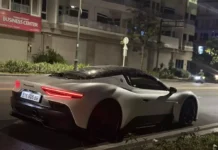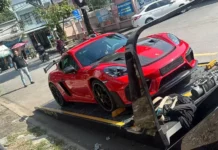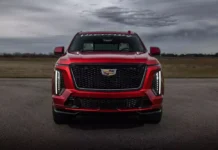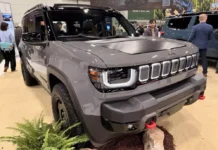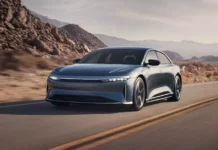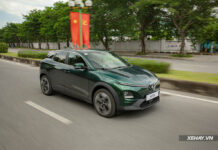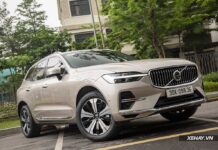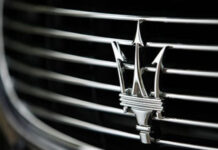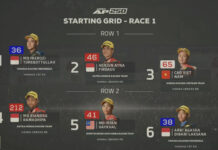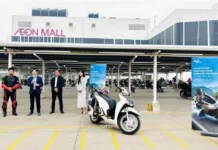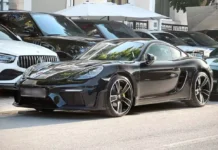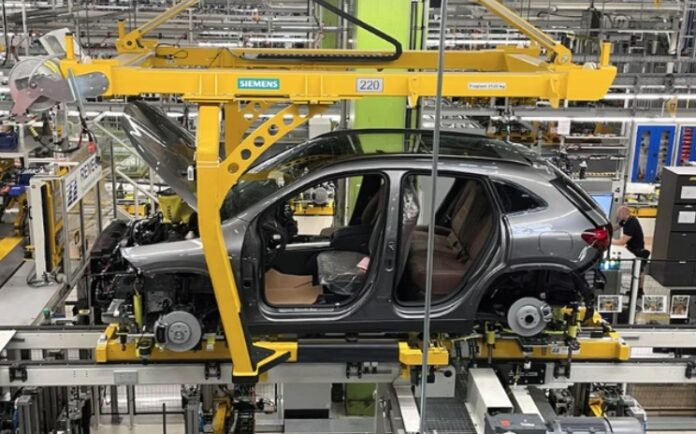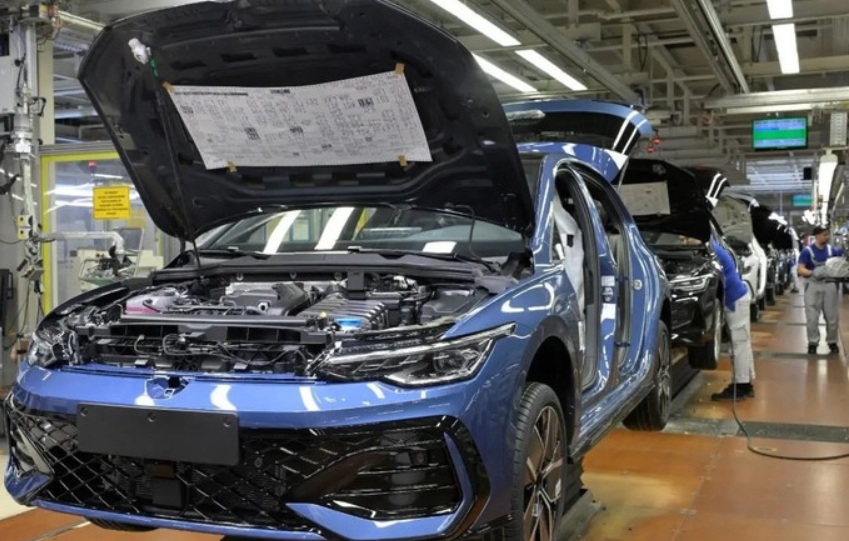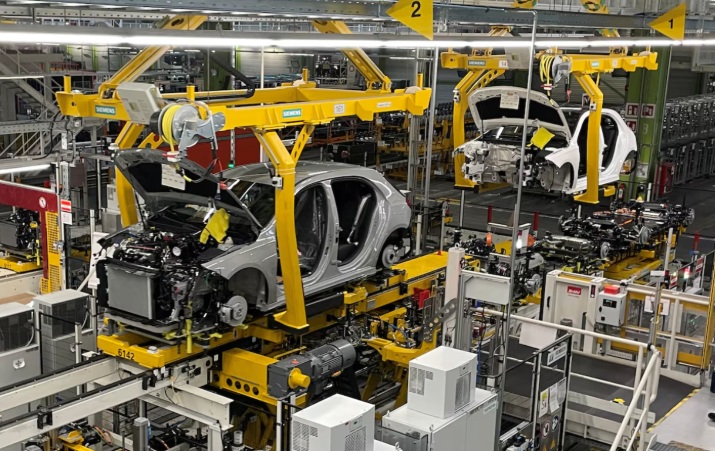Global automakers and auto part suppliers are in a state of high alert as China tightens its grip on rare earth exports. Rare earths are critical materials in the production of magnets and numerous essential components for modern vehicles.
In Germany, Frank Eckard, CEO of magnet manufacturer Magnosphere, reveals he has been receiving frantic calls from automotive clients. “They are desperately seeking alternative supply sources and are willing to pay any price,” he says. Some businesses warn that without a timely solution, they may have to halt operations by mid-July.
Supply Chain Crisis Looming
The concern is spreading across the industry, with senior executives holding emergency meetings to assess the impact. Analysts suggest this could be the third major supply chain shock in five years, following the Covid-19 pandemic and the 2021-2023 semiconductor crisis.
In reality, rare earths play a pivotal role in a host of automotive components, from electric motors to minor parts like rearview mirrors, speakers, sensors, and fuel pumps. For electric vehicles, the dependency is even higher, with each car requiring approximately 0.5 kg of rare earths, double that of gasoline-powered cars.
China’s Dominance
According to consulting firm AlixPartners, China controls about 70% of global rare earth mining, 85% of refining capacity, and nearly 90% of alloy and magnet production from rare earths. This leaves the automotive industry, particularly in Europe, highly vulnerable when supply is constrained.
The CLEPA association confirms that some factories have temporarily halted production due to material shortages.
Across the industry, automakers have been working to reduce their reliance on China for magnets, rare earths, or even developing magnets that do not require these elements. However, most of these efforts are years away from reaching the necessary scale.
Major automakers like GM and BMW, as well as top suppliers such as ZF and BorgWarner, are investing in engines with lower rare earth content or even none at all. However, commercialization and large-scale production are still a distant prospect.
Niron, a Minneapolis-based startup, has raised over $250 million to develop rare earth-free magnets, backed by industry giants like GM, Stellantis, and Magna. They plan to build a $1 billion factory, starting operations in 2029. Meanwhile, in the UK, Warwick Acoustics is developing a line of rare earth-free speakers that could feature in luxury cars by the end of the year but won’t be widespread for another five years.
EU Lagging Behind, Businesses Struggle
The European Union has introduced the Critical Raw Materials Act to boost rare earth mining within the bloc, but according to Noah Barkin, a senior advisor at Rhodium Group, these efforts are “too little, too late” compared to China’s pace in controlling the supply chain.
Some European companies, despite having commercial products, struggle to compete on price. David Bender, head of magnet recycling at Heraeus, admits their current capacity is only at 1%. “If things don’t improve, we will have to shut down next year,” he says.
Long-Term Warnings
The latest report from the European Commission (EC) reveals that China not only dominates the supply of rare earths but also holds more than 50% of the global supply of 19 other strategic raw materials, including manganese, graphite, and aluminum. Andy Leyland, co-founder of supply chain consulting firm SC Insights, warns, “Any one of these elements could become a trade weapon. This is just the first warning shot.”
As a result, the global automotive industry is once again faced with the challenge of restructuring its supply chain, but this time, a quick fix may not be feasible.





